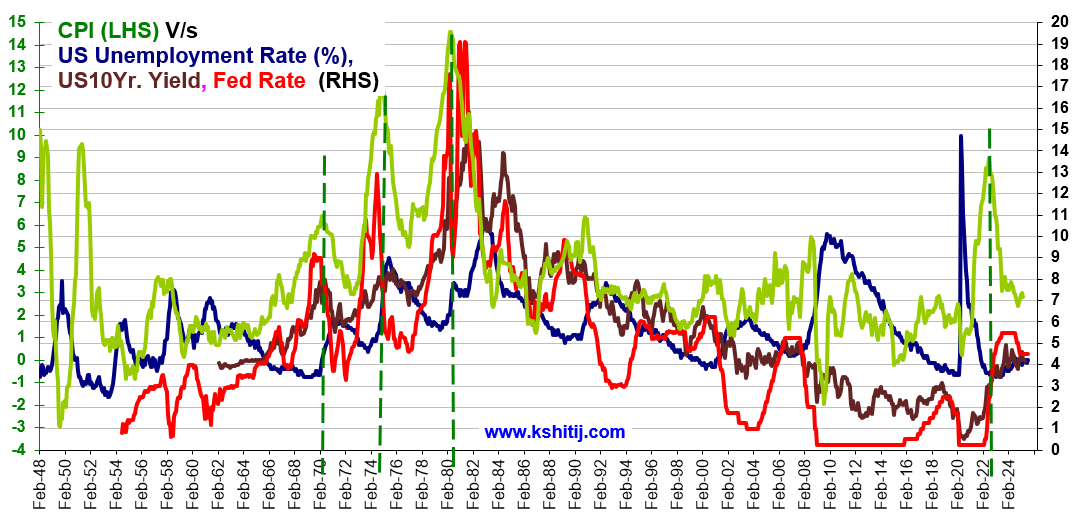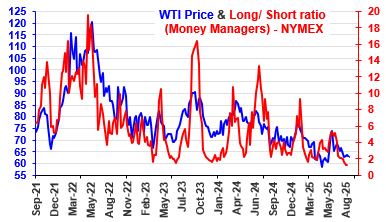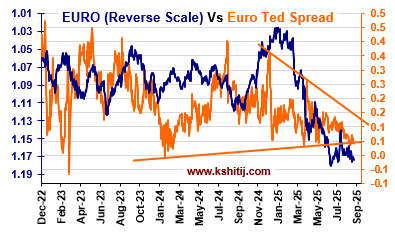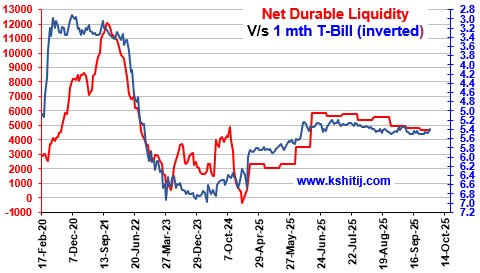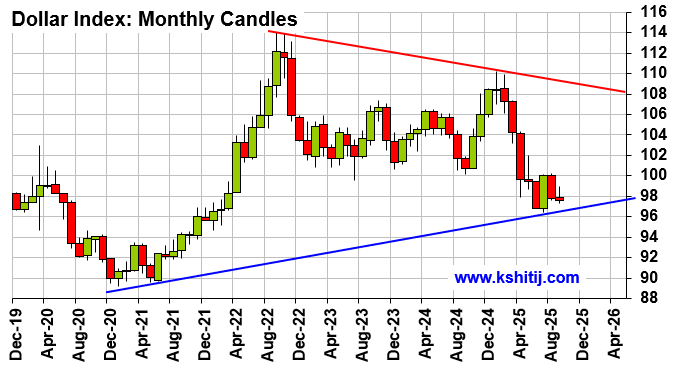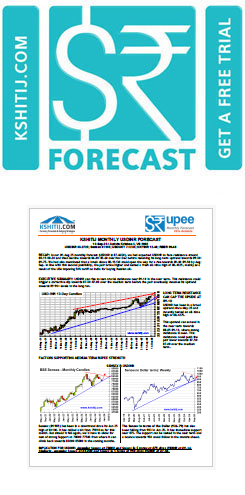Series on Forex Hedging - Cash In On Cash-Spot
Jun, 25, 2012 By Vikram Murarka 0 comments


Cash-Spot is one of the lesser known technical concepts in the forex market. Nothing earth shattering, really, but it is always good to know the technical details of the market we operate in. The forex rates that we see in the normal course, quoted on the screens, in forecasts or in the papers, are all Spot rates (unless specifically mentioned otherwise) and do not pertain to today. Strange? To explain a little clearly, we introduce a few definitions, alongwith examples.
| CASH-SPOT: DEFINITIONS AND EXAMPLES | ||
| Term | Definition | Example |
| Cash date or Trade date | The date of the transaction, say “today” | If today is 25-June-12, then Cash date is 25-June-12 |
| Spot date | Second working day from the Cash date, or day after tomorrow | 27-Jun-12 |
| Tom date | Tom is short for “tomorrow” and is the next working day from the Cash date | 26-Jun-12 |
| Spot Rate | The rate quoted and transacted today for settlement (debit/ credit) on the Spot date | Say, the rate is 55.95. This is the rate we normally see, hear and talk about. |
| Cash Rate | The rate applicable for settlement (debit/ credit) today itself, on the Cash date | This is usually lower than the Spot Rate. Since the Spot Rate is 55.95, the Cash Rate may be 55.93. The difference between the two rates is known as the Cash-Spot rate or Cash-Spot difference. |
| Tom Rate | The rate quoted and transacted today for settlement (debit/ credit) tomorrow, on the Tom date | This is lower than the Spot Rate, but higher than the Cash Rate. Since the Spot Rate is 55.95, the Tom Rate may be 55.94. |
In simpler terms: Spot Date = Trade Date + 2 working days. Cash Rate = Spot Rate minus Cash-Spot Difference.
Depends on Interest Rates
In the case of Dollar-Rupee, the Cash Rate is usually lower than the Spot Rate in the same way that the Spot Rate is usually lower than a Forward Rate. In other words, compared to the Spot Rate, the Cash rate is usually at a Discount, whereas the Forward rate is usually at a Premium. Note: any date after the Spot date is a Forward date.
The Cash-Spot market is largely a high-volume interbank market as it is based upon banks borrowing in one currency and lending in the other, usually to meet overnight reserve requirements. Thus, the Cash-Spot Difference depends on the difference between the Overnight or Call rates between the two currencies concerned.
If there is a holiday, or a couple of holidays (as over the weekend) between the Cash and Spot dates, then also the T+2 definition applies. In such case the Cash-Spot difference understandably increases.
Market Timings
The Cash-Spot market usually operates between 9.00 AM and 11.30 AM, with some stray deals being done till 12.00 Noon.
Is the Cash-Spot quoted?
Yes, the Cash-Spot and Cash-Tom rates are quoted on most forex rate services such as Reuters, Bloomberg, Newswire 18 and Tickerplant. We also report it daily in the Forward Rate Sheet that is sent out by e-mail to the subscribers of our daily Rupee Update service.
What does it mean for Exporters?
When an Exporter sells Dollars to a bank at the Spot Rate (say 55.95), he should get a credit into his Rupee account on the Spot date. If he insists on a credit on the transaction date (Cash date), the bank may well deduct the Cash-Spot difference (say 2 paise) and credit his account at the Cash rate, say 55.93. So, as a general rule, an Exporter should not insist on a same day credit.
What does it mean for Importers?
When an Importer buys Dollars from a bank at the Spot Rate, his Rupee account ought to be debited on the Spot date, and not on the transaction date. This is something that the Importer should be careful about and check on a regular basis. On the other hand, it may be good for the Importer to pay for the Dollars at the Cash rate as it would be cheaper than the Spot rate. In such case a debit on the transaction date would be justified.
Array
In our last report (29-Jul-25, UST10Yr 4.42%) we expected the FED to remain on hold and said that since data was inconclusive the US10Yr was likely to be indecisively ranged in August, with a bit of …. Read More
The WTI Long-Short position (CFTC) has broken below multi-year lows and could now head towards the Oct-06 low of (1.13) indicating that Crude prices could continue to see … Read More
In our August 2025 outlook (dated 11-Aug-2025, EURUSD at 1.1623), we projected the Euro to strengthen towards 1.19–1.20 over the following months, before retreating to 1.14 by December 2025 and further easing to …. Read More
In our 10-Sep-25 report (10Yr GOI 6.48%) we expected the RBI to be on pause in its next MPC meeting on 01-Oct. This is to be seen tomorrow. We had also said there was room for the FOMC to cut rates by 25-50bp, and accordingly they … Read More
In our 08-Aug-25 report (USDJPY 147.24), we expected the USDJPY to initially fall to 145-144, followed by a consolidation between 144-152 till Feb-26 before eventually ascending towards 155. In actuality, the pair limited the downside to … Read More
Our September ’25 Dollar Rupee Monthly Forecast is now available. To order a PAID copy, please click here and take a trial of our service.
- Kshitij Consultancy Services
- Email: info@kshitij.com
- Ph: 00-91-33-24892010
- Mobile: +91 9073942877





